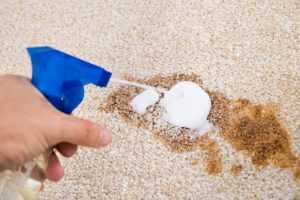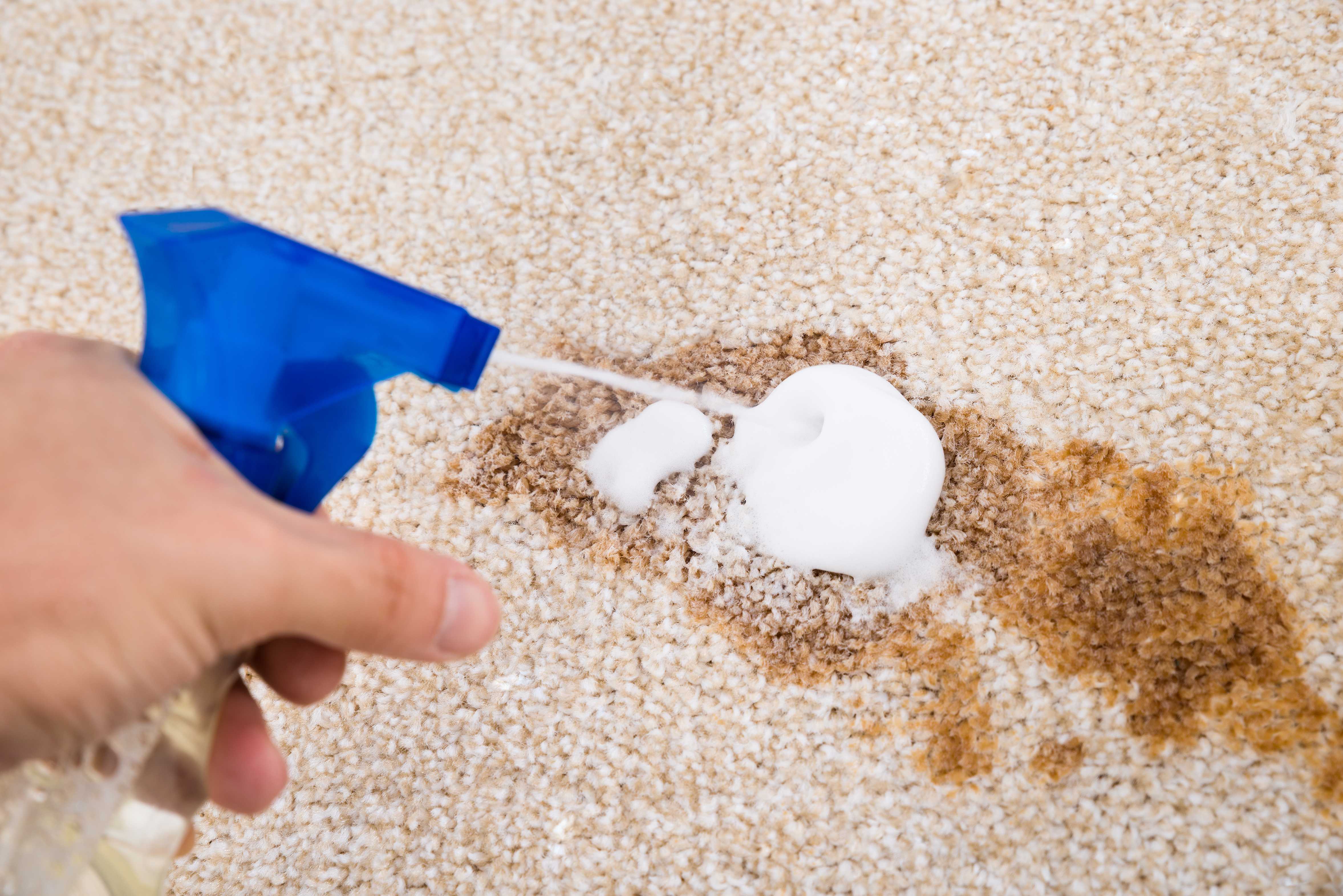 Water damage can happen at any property unannounced. If you are the victim, being the unprepared can be the worst situation ever. The problem is, your floor will not stand the infestation of water for long, so it’s important to act fast.
Water damage can happen at any property unannounced. If you are the victim, being the unprepared can be the worst situation ever. The problem is, your floor will not stand the infestation of water for long, so it’s important to act fast.
If left unsolved for long, water damage can lead to costly and devastating problems. Consider the following steps to save your floor from further damage.
Clear the Water
If you want to give your floor the best chance of survival, then you want to clear the water immediately. Dampness is the worst enemy of any flooring. Allow in enough air to the area, even as you block or stop any inflow of water. Having a dehumidifier or air conditioner on can make this step more effective because it prevents the formation of molds.
Tile Floors
Water damage can have a huge effect on tile adhesive or grout. Therefore, the best you can do is to remove all the water using the methods suggested above. As you dry the flooring and the grout lines expel moisture, keep checking the state of the tiles. If any tiles are loose at the end of the exercise, consider calling a flooring expert for repairs.
Wooden Floors
Perhaps, this is the most vulnerable type of flooring when it comes to water damage. After getting rid of the water, you may want to call a water damage company. Bulging or warping of the floor definitely calls for immediate floor restoration services.
Carpets
Carpets can become havens for microorganisms after water damage. The odors can also be relentless and a total nuisance. As an immediate response, vacuum your affected carpet, focusing on the padding.
Saving or letting go of your flooring after water damage depends on many things, among them the type of flooring. By assessing the situation first, you are able to determine whether a situation is salvageable and embark on restoration as discussed here.




